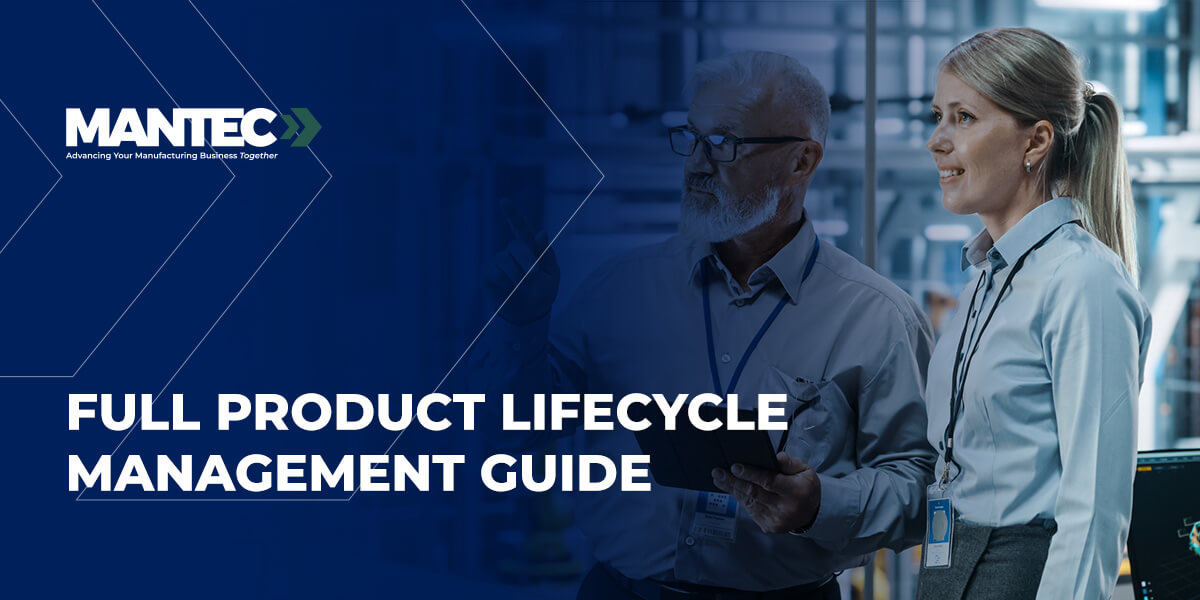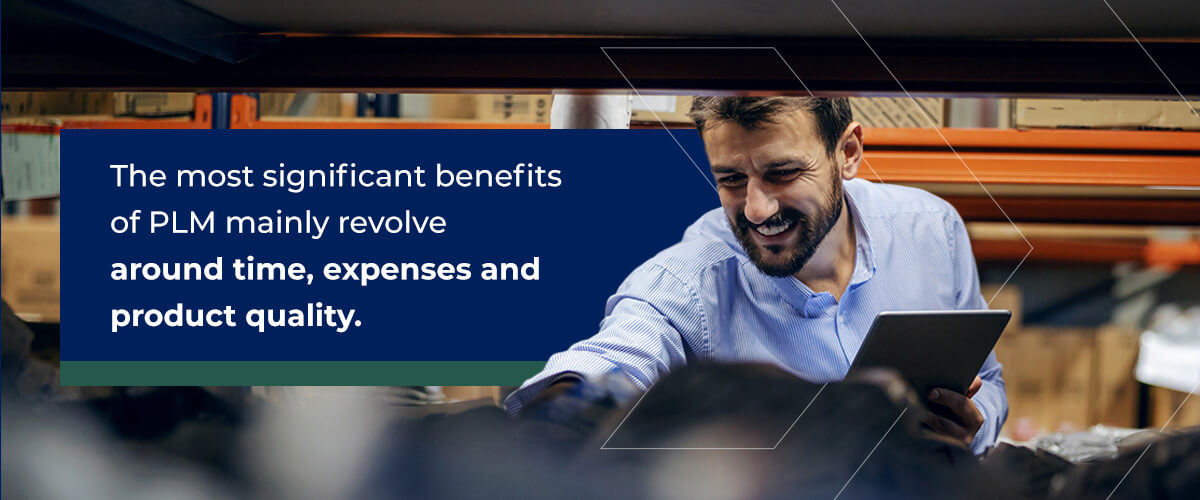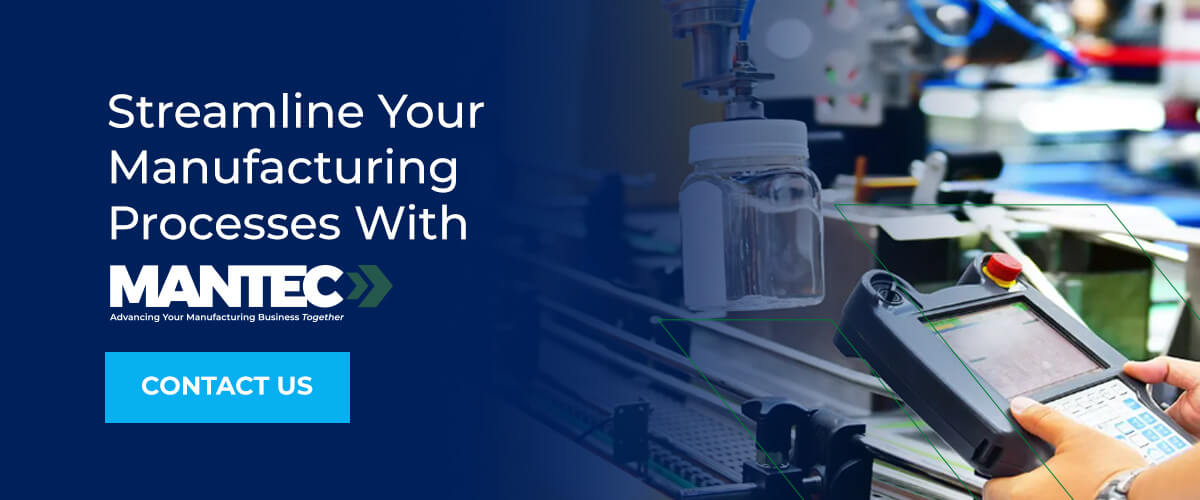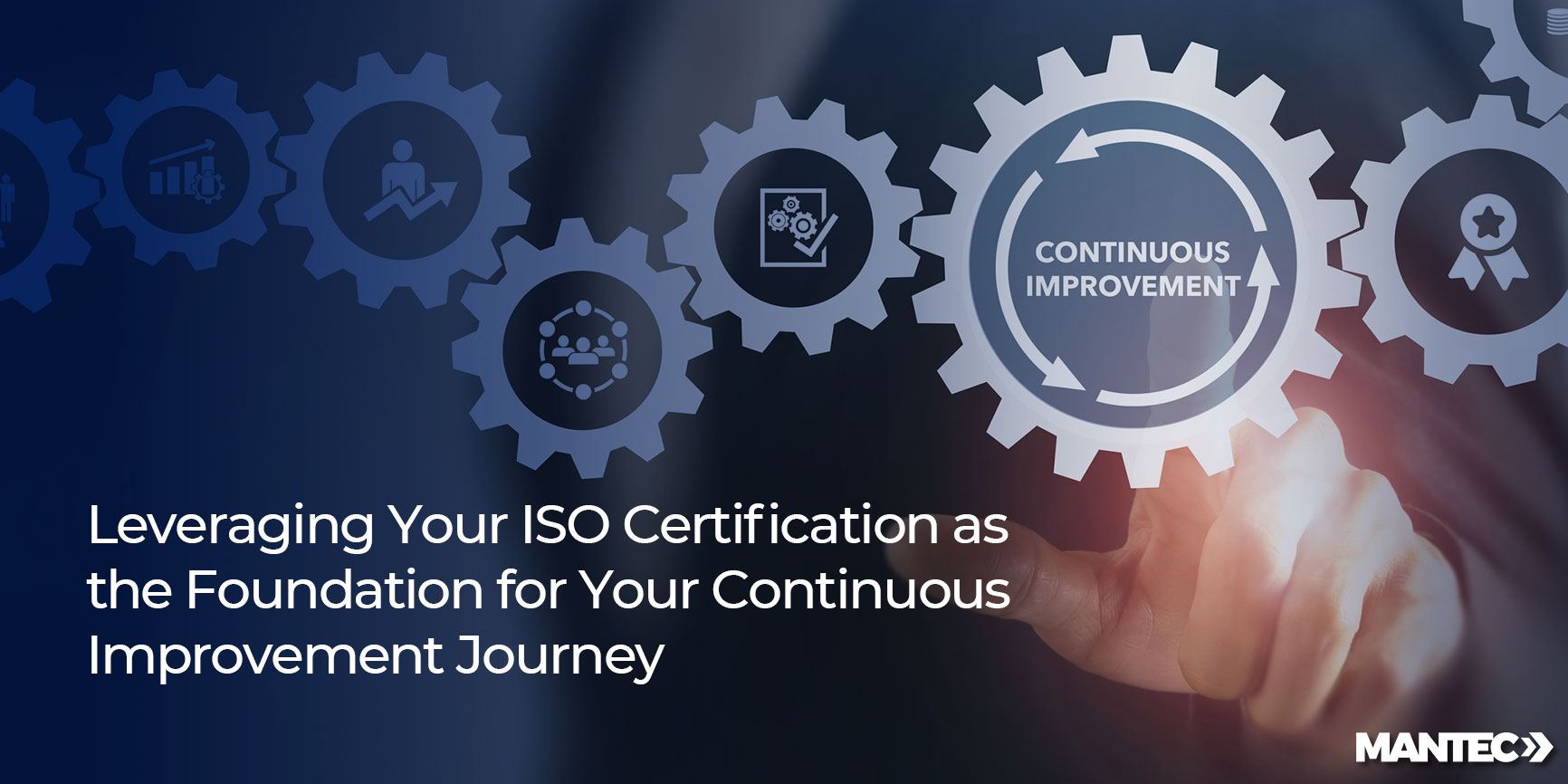Struggling to manage multiple payment systems for different business needs (B2B, B2C, D2C)? Payment Hub…

Manufacturers need to build agility into their businesses and processes to respond and recover faster than before. To do this, engineering and product development must undergo fundamental changes. To create profitable products, they must look at the overall picture.
In an era of digital transformation and accelerated change, product lifecycle management (PLM) is rising in popularity, which assists businesses in bringing products to the market faster. But how can PLM, which has traditionally been a solution focused on engineering, foster innovation, agility and operational excellence?
This guide will review the entire product lifecycle and product lifecycle management and discuss its various components.
What Is the Product Lifecycle?
The product lifecycle (PLC) is the repeatable pattern from when a product enters the market to its removal. The lifecycle consists of four stages — introduction, growth, maturity and decline.
Each product’s lifecycle is different. Some might follow the typical pattern, from introduction to decline, whereas others might follow a different route, from introduction to an immediate decline, skipping the growth and maturity stages altogether.
Management and marketing experts utilize the PLC to determine whether it’s necessary to promote a product, lower its pricing, expand into other markets or alter branding and packaging. Thus, a product’s lifecycle might never reach the decline stage and instead stays relevant throughout the years.
The 4 Product Lifecycle Stages
All products start as an idea and within the limits of contemporary business — a product is unlikely to pass the idea stage unless it undergoes an adequate amount of research and development and proves practical and relevant.
Once a product gets the green light, its PLC begins in the following four stages:
- Introduction stage: As the name suggests, the introduction stage is when customers are introduced to the product. Typically, a business invests in advertising and marketing to increase awareness. During this stage, there’s generally minimal to no competition for the product — just as customers are introduced to the product, so are potential competitors. There may be negative financial returns as sales and prices are lower to stimulate consumer involvement. The sales strategy is still being examined at this stage.
- Growth stage: If the product’s introduction stage is a success, it advances to the growth stage. The increased demand, production and availability of the product characterize this stage. The time spent in the introduction stage before the product experiences growth varies by industry and product. Marketing efforts may now focus on distinguishing its product from competitors. Financially, the PLC’s growth period increases sales and revenue. As competitor items become available, competition intensifies.
- Maturity stage: This stage of the PLC might be the most profitable as production and marketing expenses begin to decrease. With the market saturated with the product, competition may now be at its peak, and profit margins might fall for the first time, maxing out sales volume. Rival businesses have now had enough time to produce competitive items, and consumer rivalry is frequently the fiercest. A company might aim to keep its product in this stage of maturity for as long as possible.
- Decline stage: As the product faces more and more competition, it may lose market share and begin to enter the decline stage. Product sales start to fall due to market saturation and competition. If a product retires, the business will stop producing it and discontinue all marketing efforts. Alternatively, it could redesign the product or launch a new model. If the upgrade is significant enough, the business may decide to re-enter the PLC by releasing the latest version to the market.
What Is Product Lifecycle Management?
Product lifecycle management (PLM) is the process of managing a product as it progresses through the four stages of its lifecycle, including manufacturing and marketing activities. PLM effectively brings together various employees, departments and businesses involved in the product’s production, streamlining their tasks to create a highly profitable product that outperforms competitors and lasts as long as consumer demand and technology allow.
Identifying the stage a product is in impacts how it’ll be promoted. For example, a new product must be explained, whereas a mature product needs to be distinguished. PLM can also have an impact on more fundamental aspects of a product. A product can continue to grow even after it’s reached maturity, especially if it’s updated or supplemented in some way.
Nintendo is an excellent product lifecycle management example. You can still buy Nintendo games from the 1980s, as they’re constantly updated with current technology and can work on modern Nintendo devices. Nintendo demonstrates that with effective PLM, companies can keep their products in the mature stage for as long as possible. The product is regularly refreshed to keep consumers interested, surpassing the competition and delaying the transition to the decline stage.
Benefits of Product Lifecycle Management

The most significant benefits of PLM mainly revolve around time, expenses and product quality. Other benefits of PLM include:
- Revenue growth
- Fewer costs
- Improved product quality
- Fosters innovation
- Reduced compliance risks
- Maximized product value
- Reduce time to market
PLM can be aided by specialized product lifecycle management software that performs activities like design integration, document management and process management.
Challenges of Product Lifecycle Management
There will always be obstacles when implementing a new system, set of ideas or software to facilitate PLM. The challenges may include:
- Difficulty tracking product specification changes
- Mismanaged supply chain
- Time-consuming training of new systems
- Difficulty monitoring PLM metrics
- Ineffective product portfolio management
Integrating With Product Lifecycle Management
PLM integrates into five major areas of your workflow:
- System engineering (SE): SE is a system’s complete perspective and management from design to usage, management and retirement. Software, hardware and information are all examples of SE. This category also covers reliability engineering, which is concerned with product reliability throughout its lifecycle.
- Product portfolio management (PPM): PPM is the overall management of a product portfolio, ensuring your product plans correspond with your business objectives and your resources are allocated appropriately depending on the project’s progress.
- Product design: Product design is the process of creating new products using computer-aided technology.
- Manufacturing process management (MPM): MPM outlines how you make your products so you can establish more agile and efficient production processes.
- Product data management (PDM): PDM is a process within PLM that manages and publishes product data. This is referred to as version control in software engineering.
Depending on your business and industry, you can adopt different PLM integrations to suit your needs.
Streamline Your Manufacturing Processes With MANTEC
MANTEC can assist you in streamlining your manufacturing processes by utilizing technological solutions such as machine-to-machine communication, dispersed manufacturing, product lifecycle management and inventory control. In addition, we provide a comprehensive enterprise resource planning system that focuses on information and process management.
We specialize in manufacturing technology, sales and marketing, process improvement, and workforce engagement, all of which may assist you in reaching profitability. We’ve worked with small to large businesses to assist them in overcoming their most complex challenges. Our knowledgeable professionals will guide you through the process and provide continuing assistance to ensure your business has the required solutions.
Improve your efficiency and ROI today and contact us online or call us at 717-843-5054.



